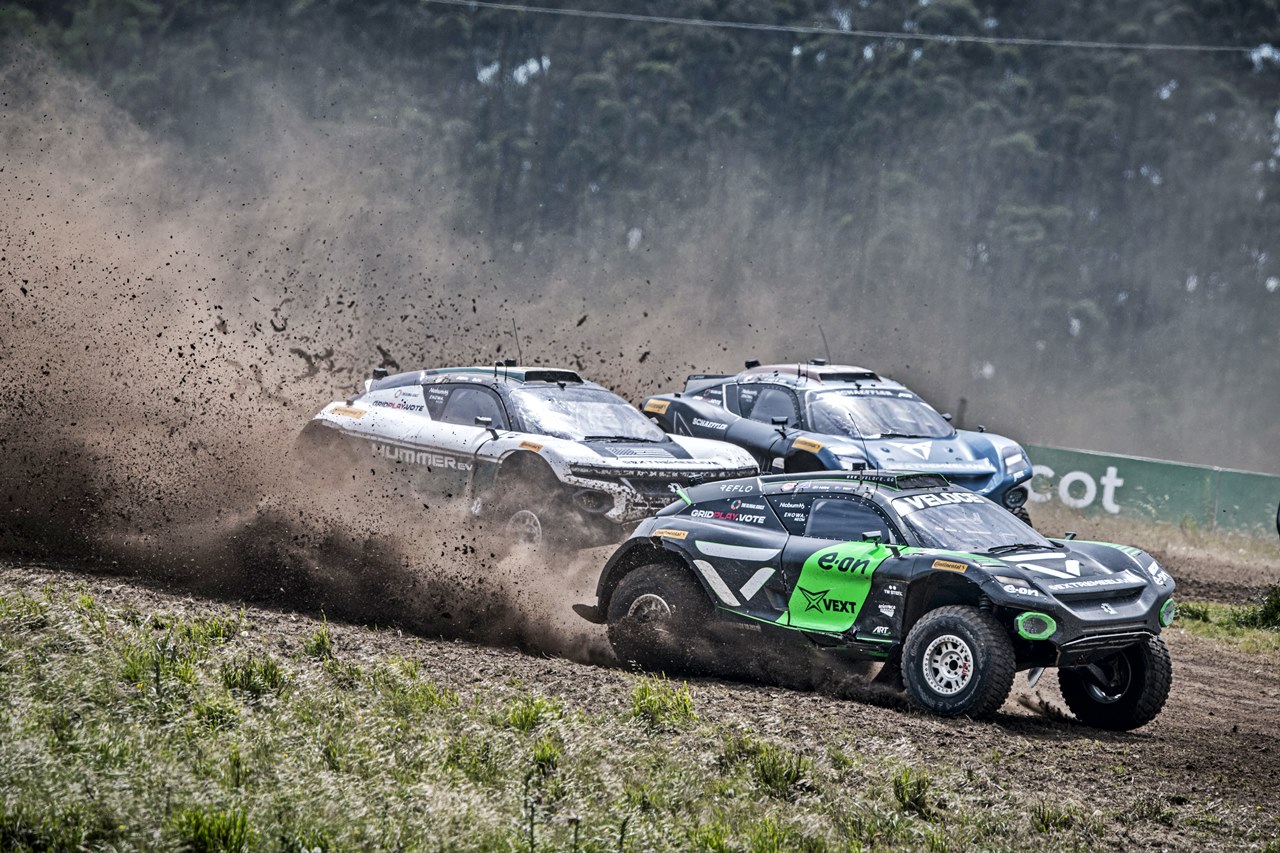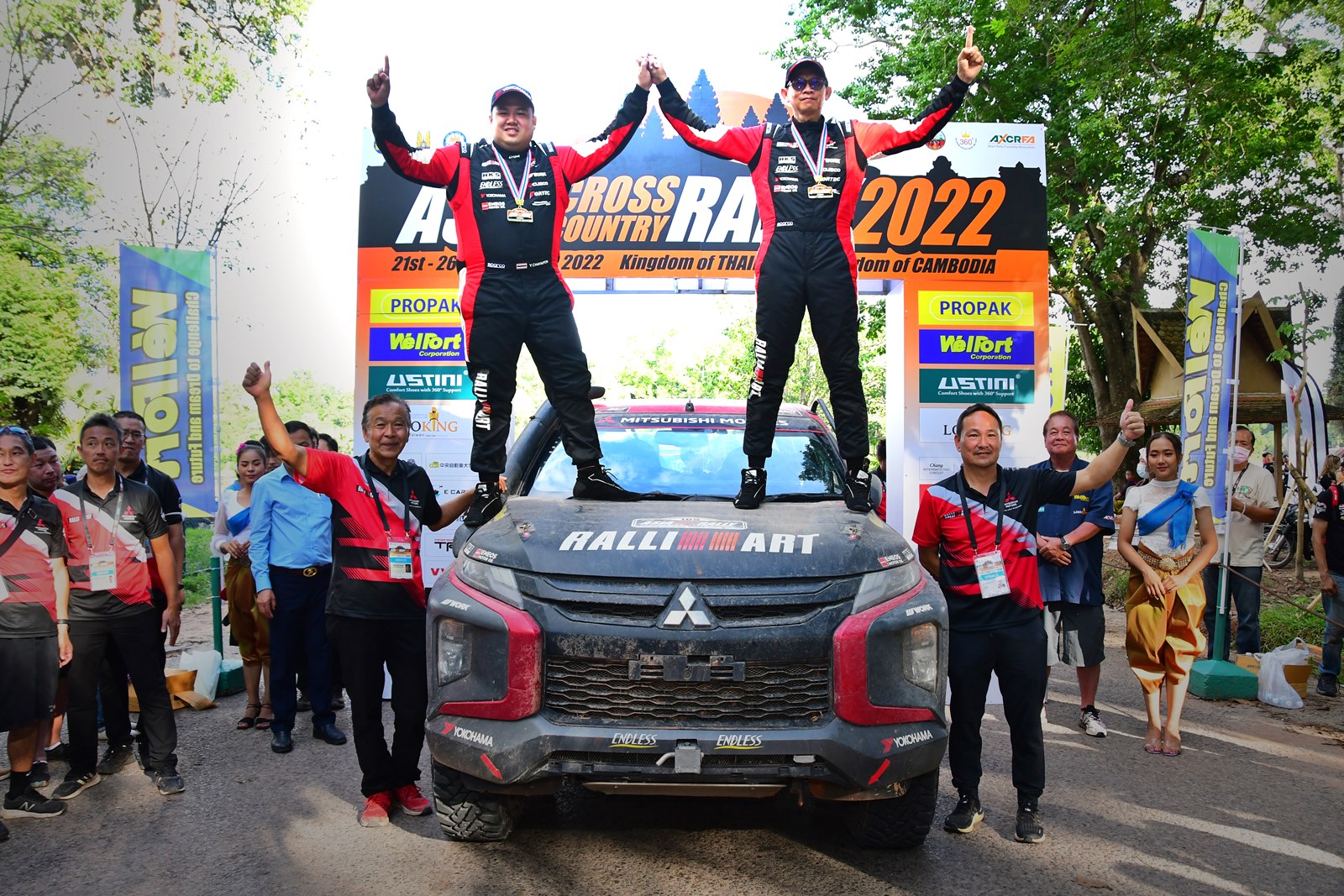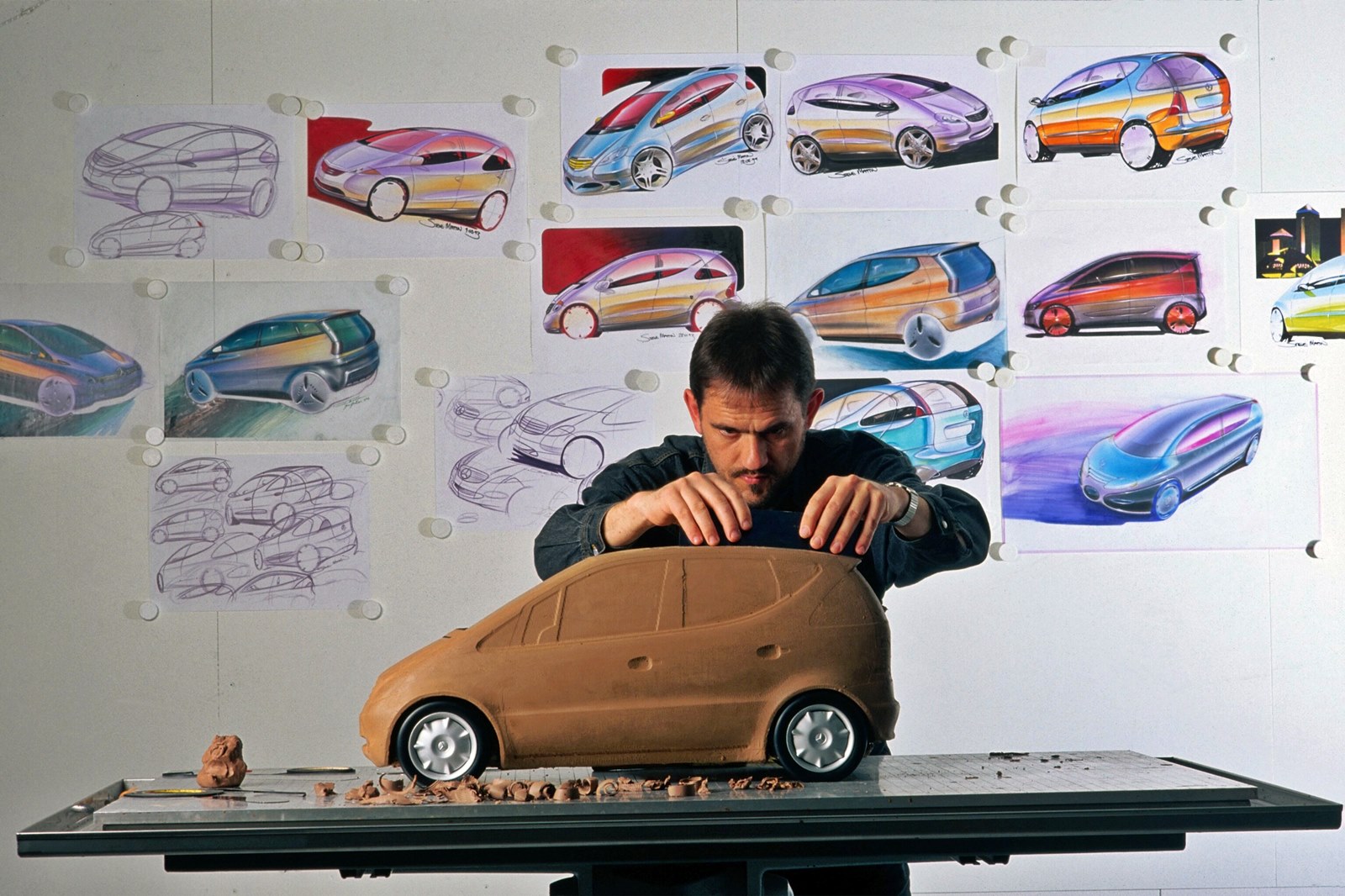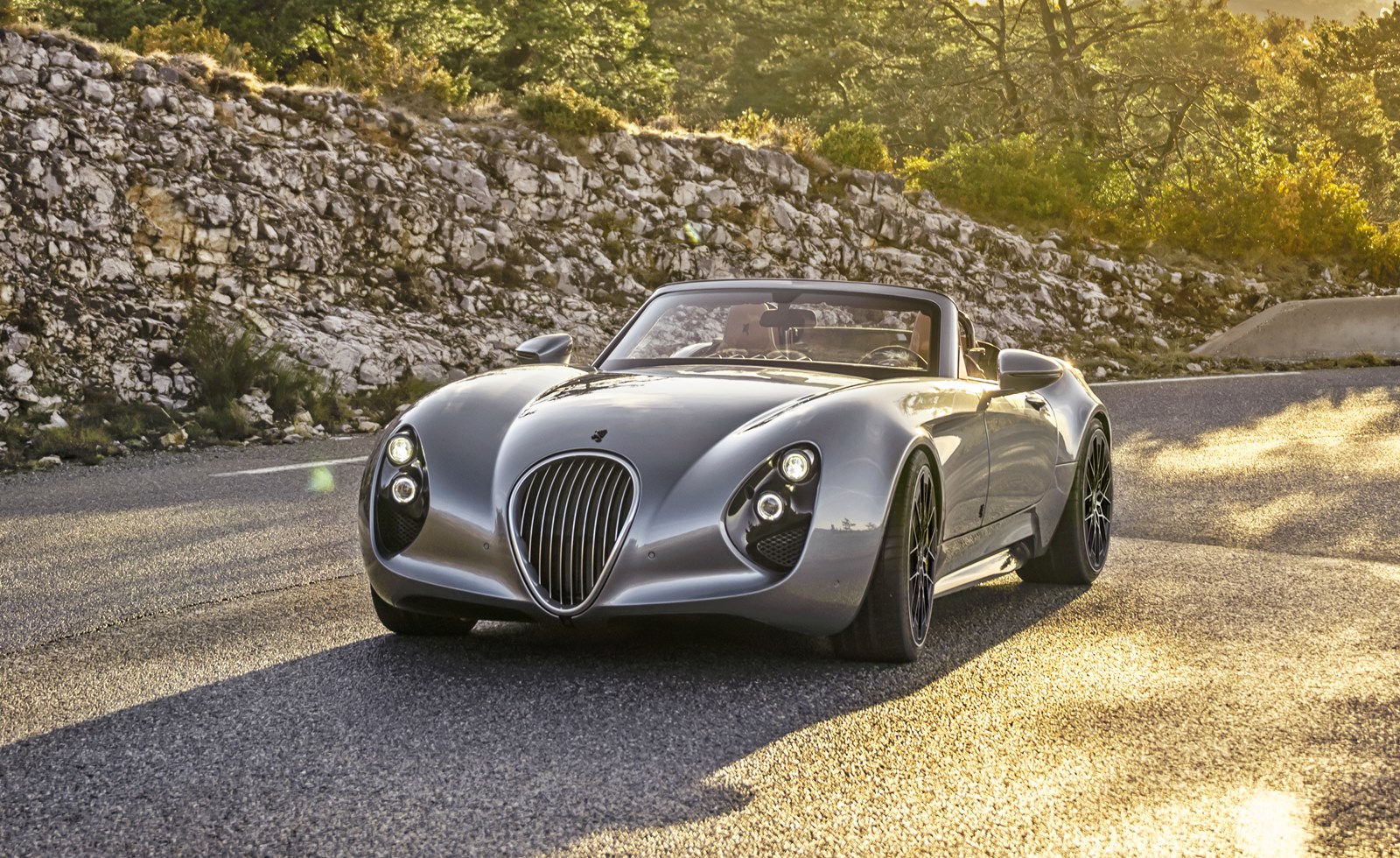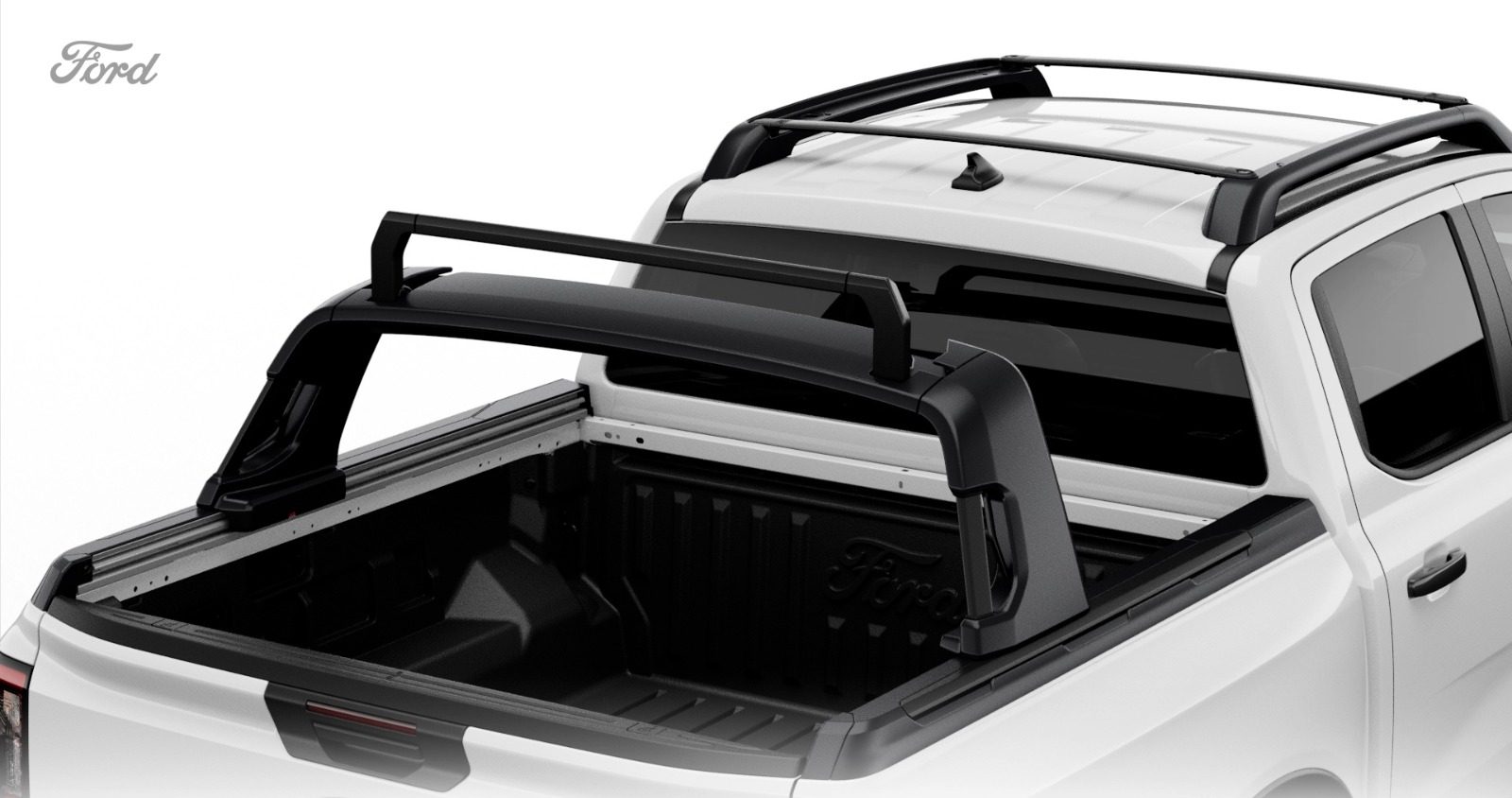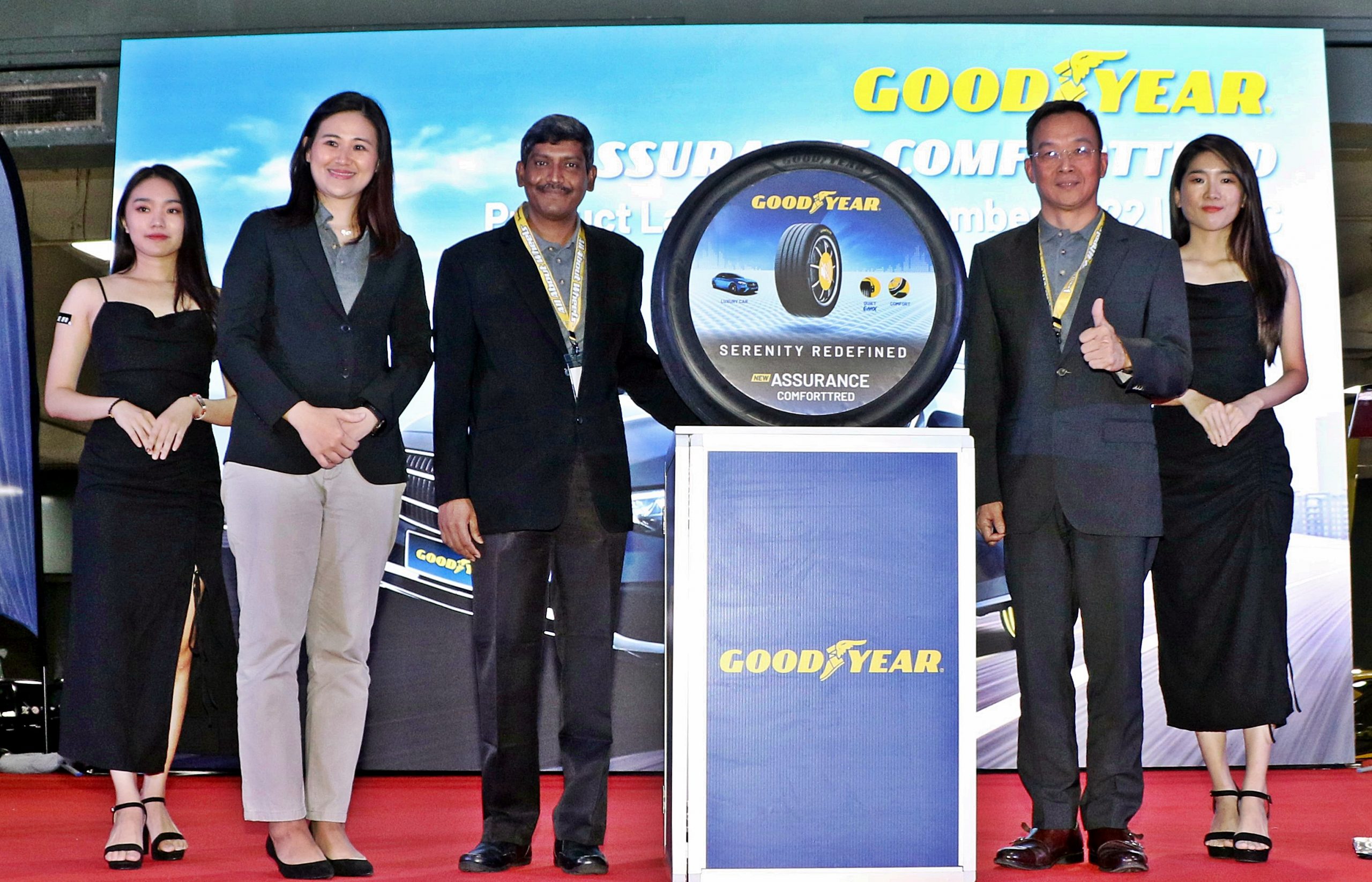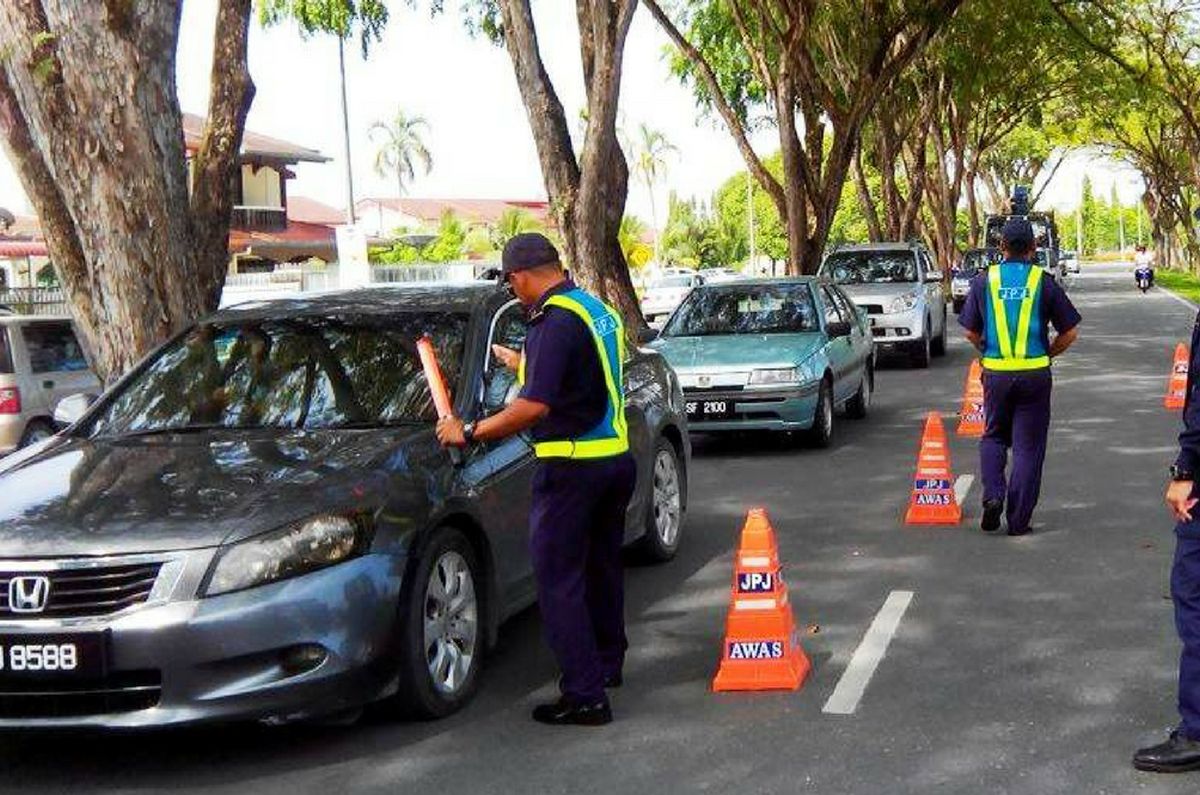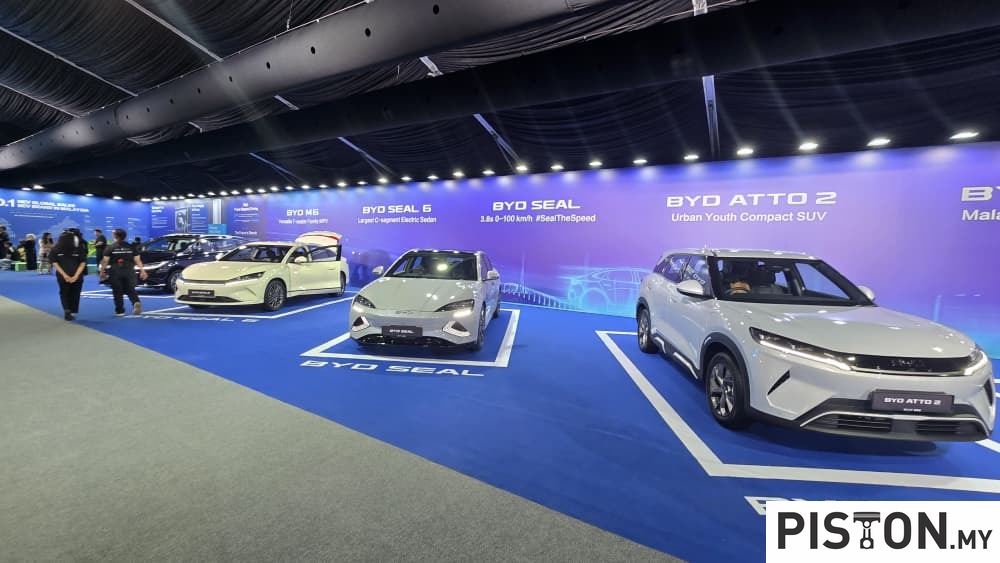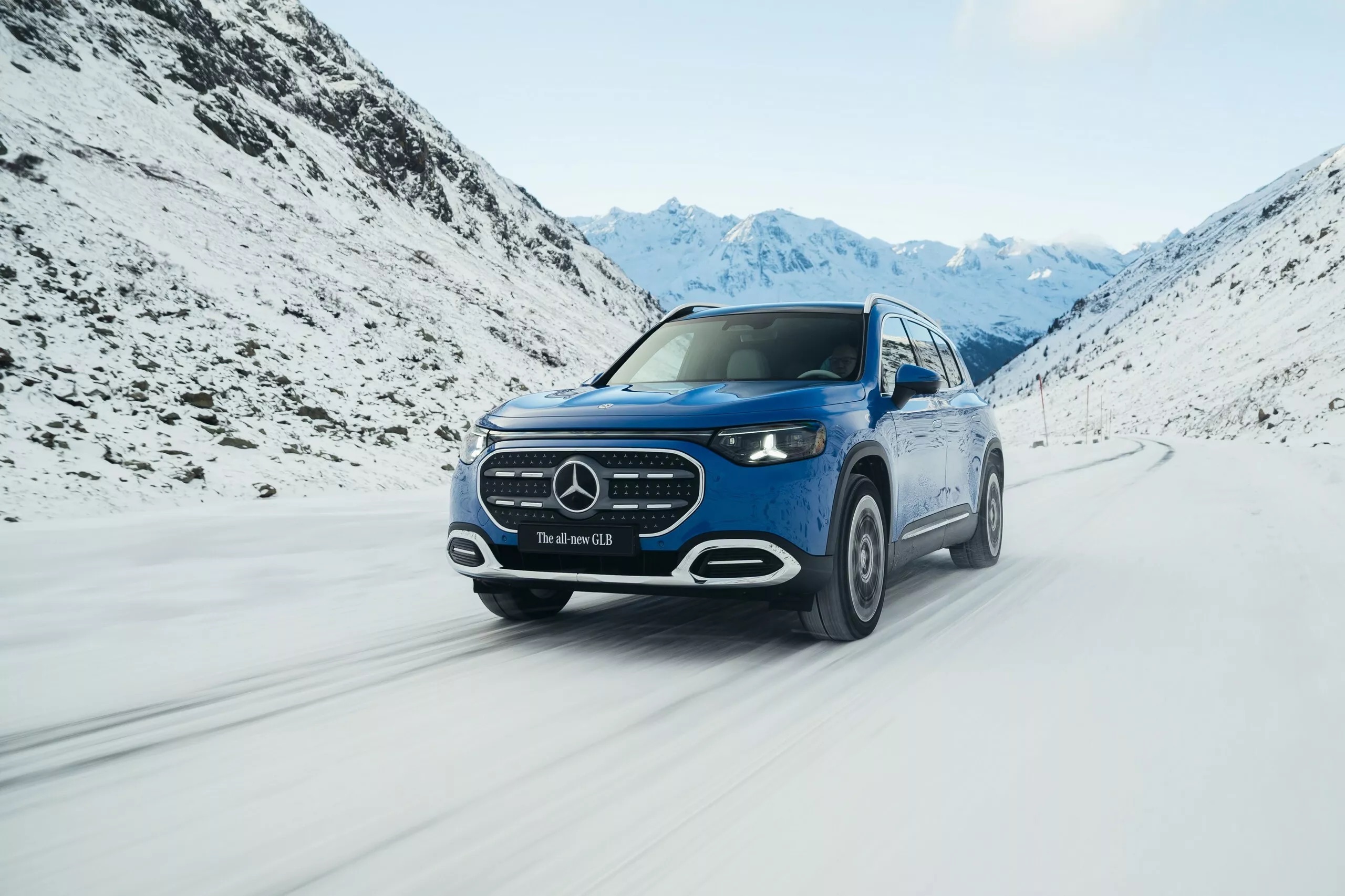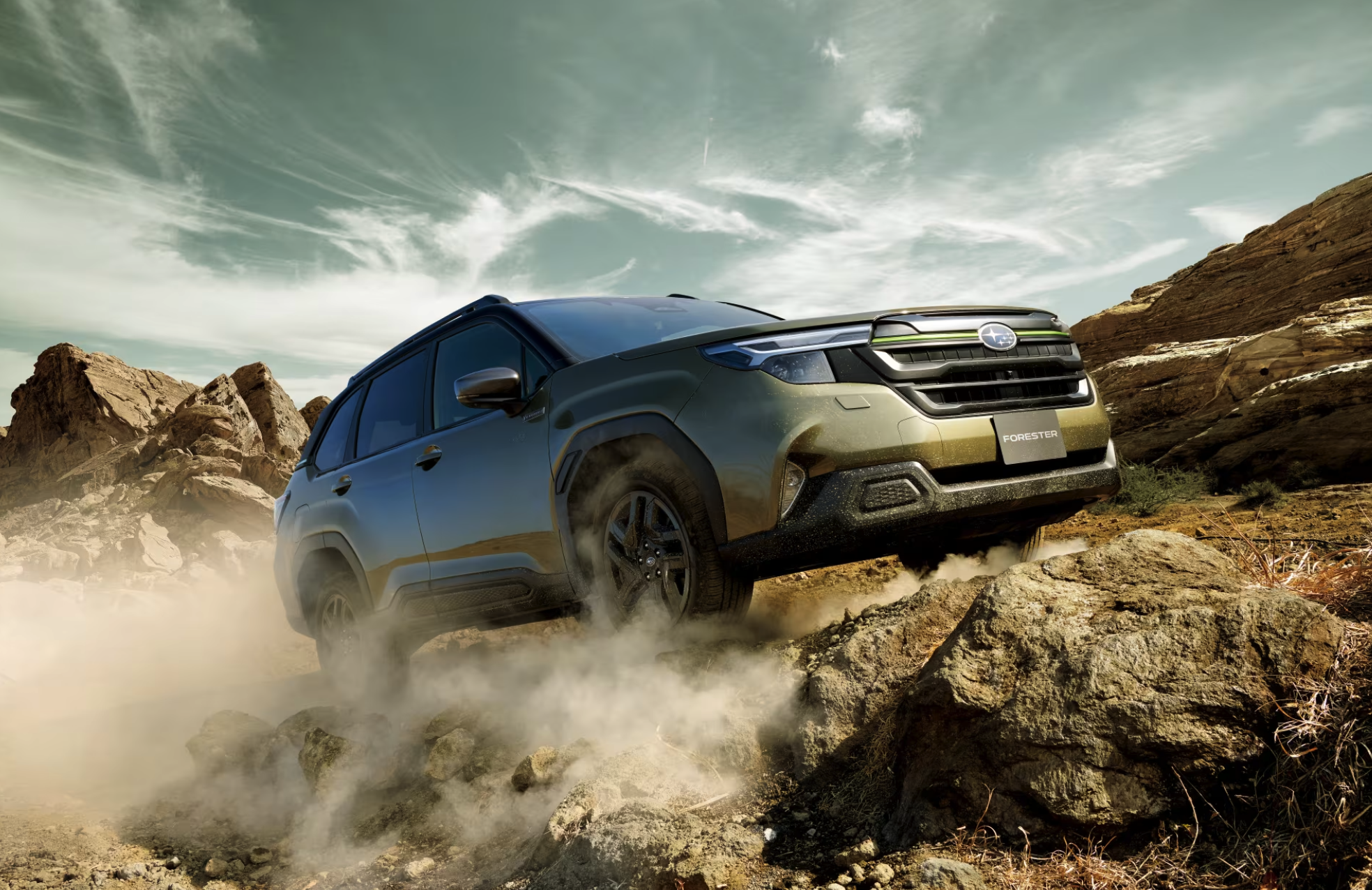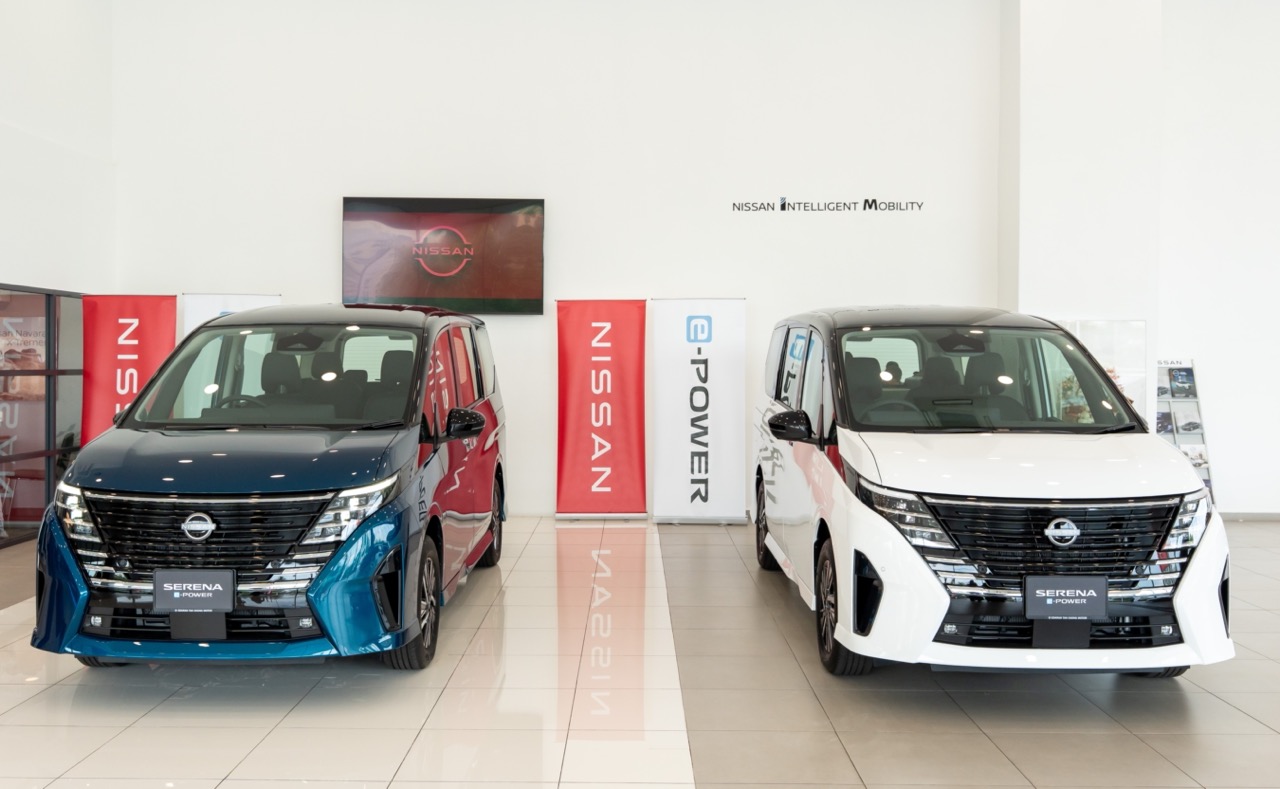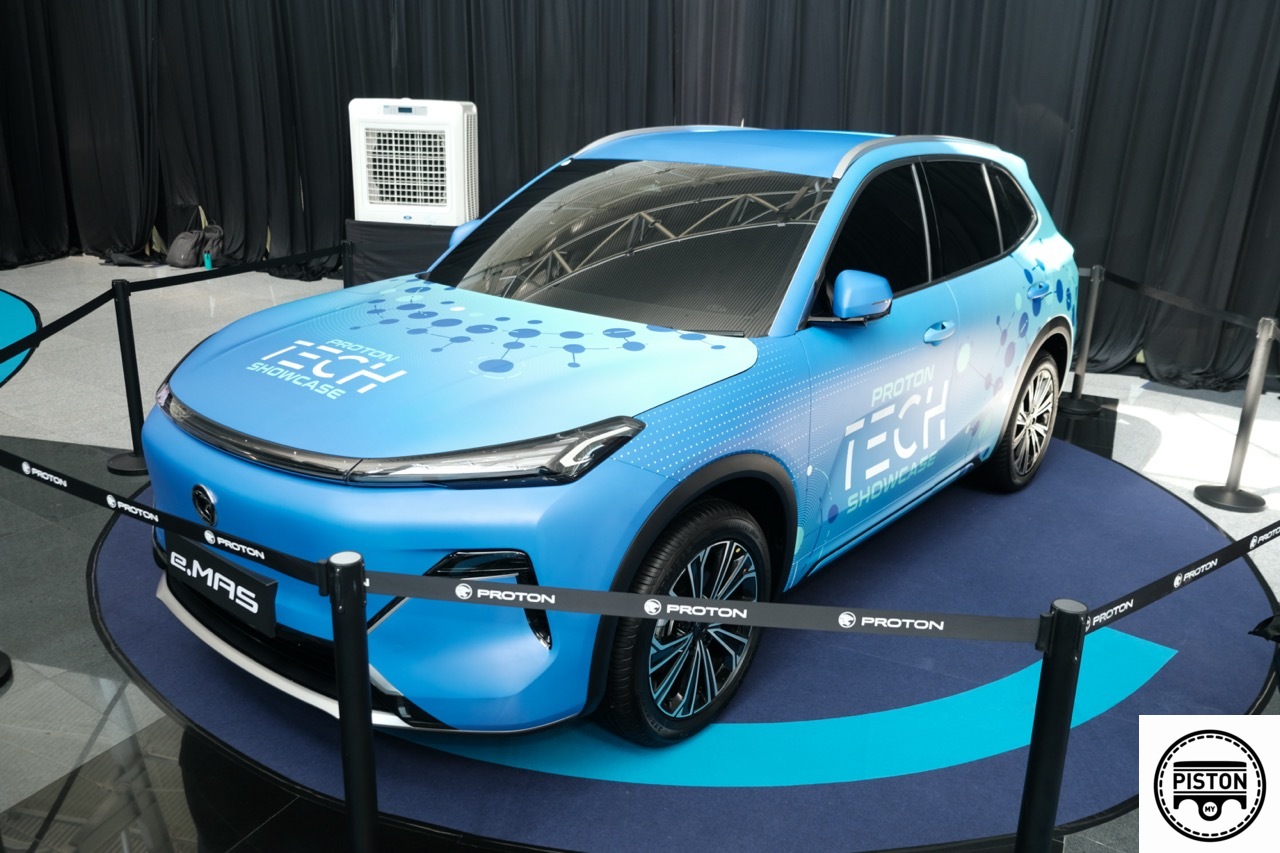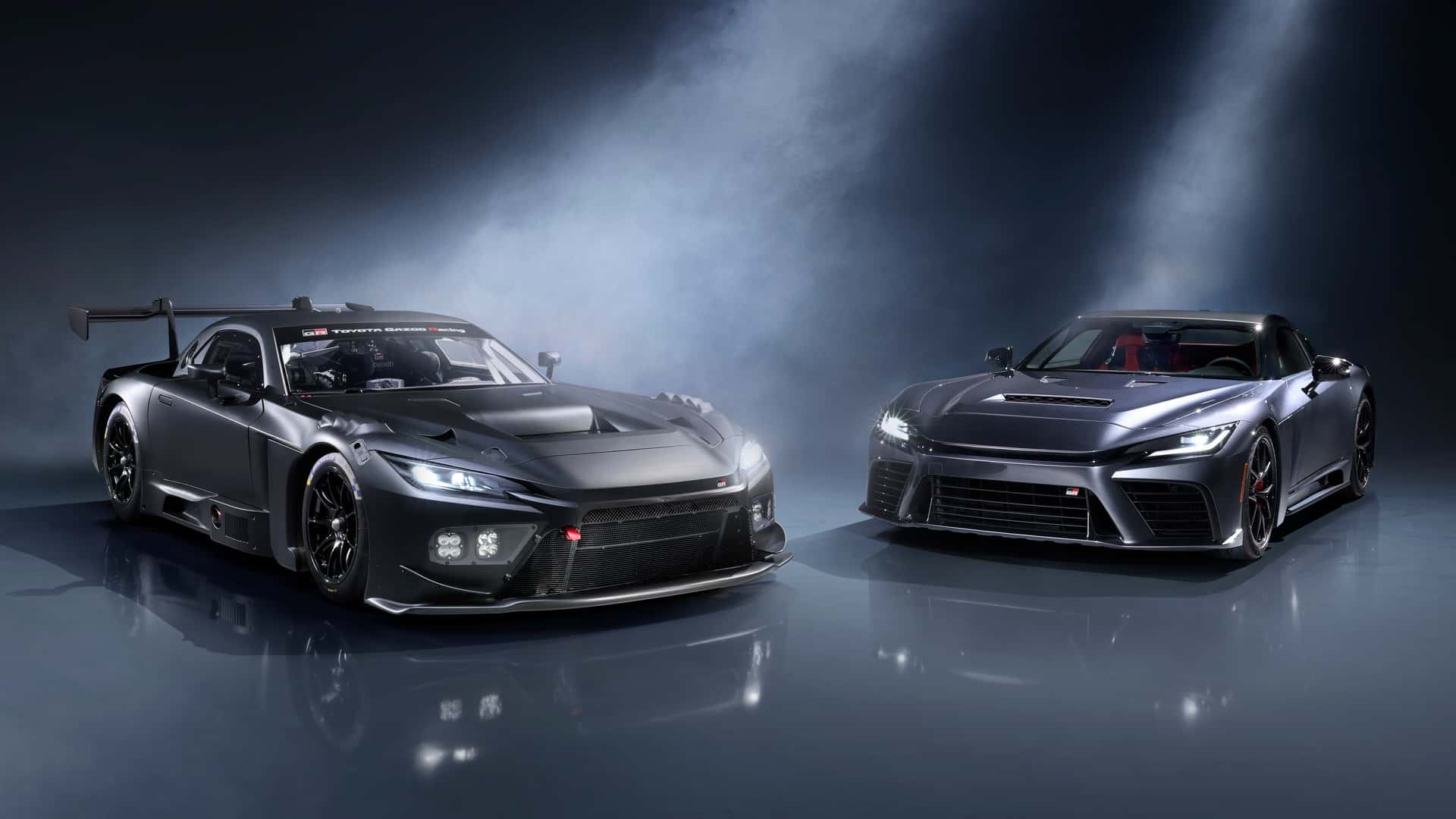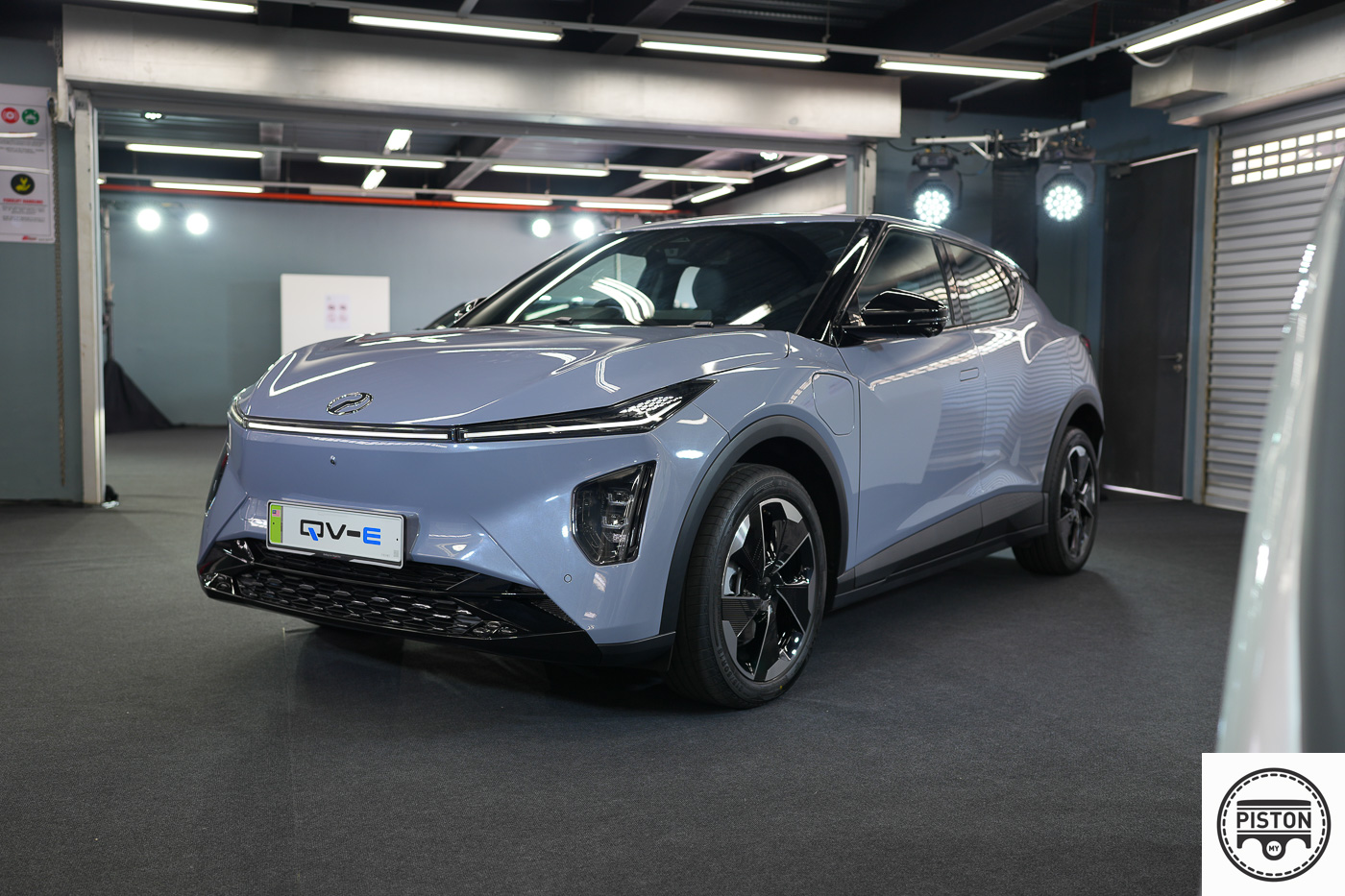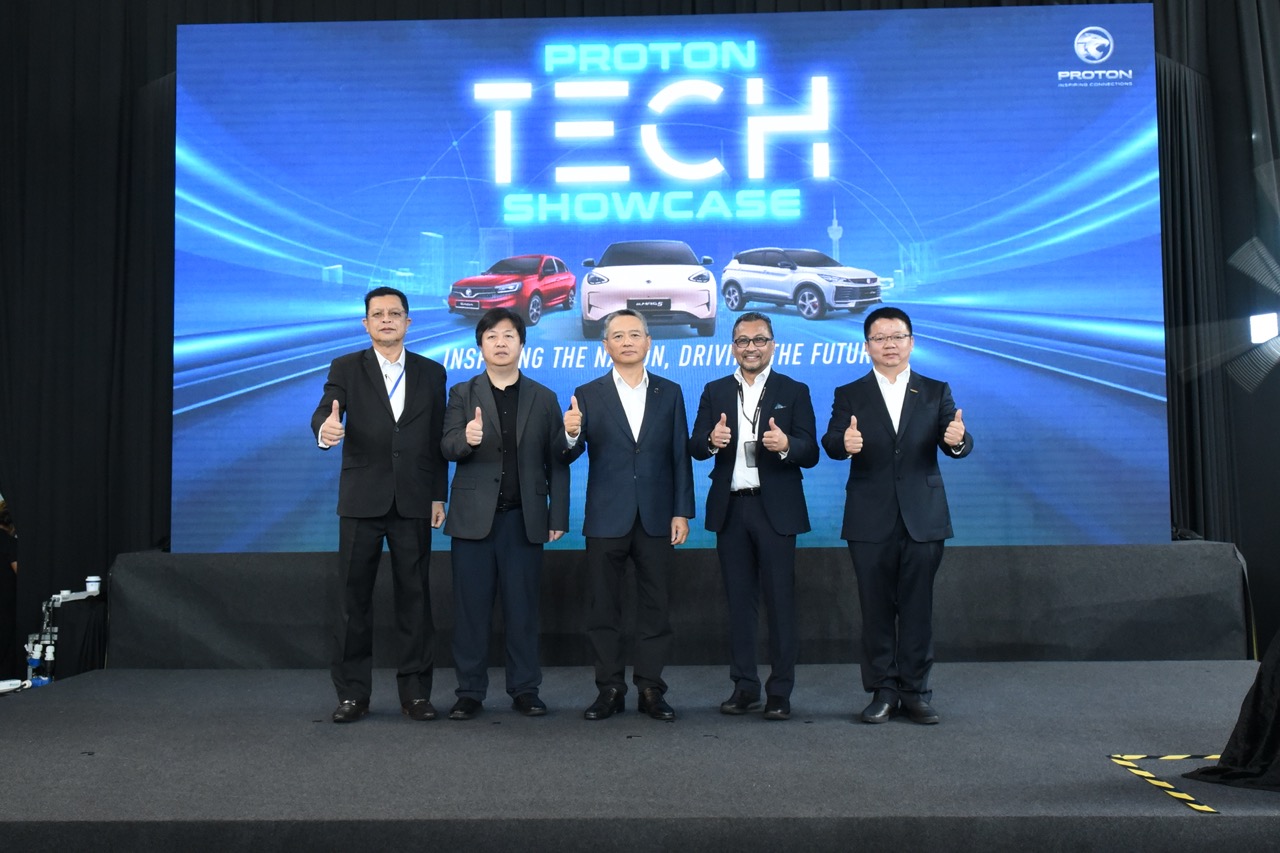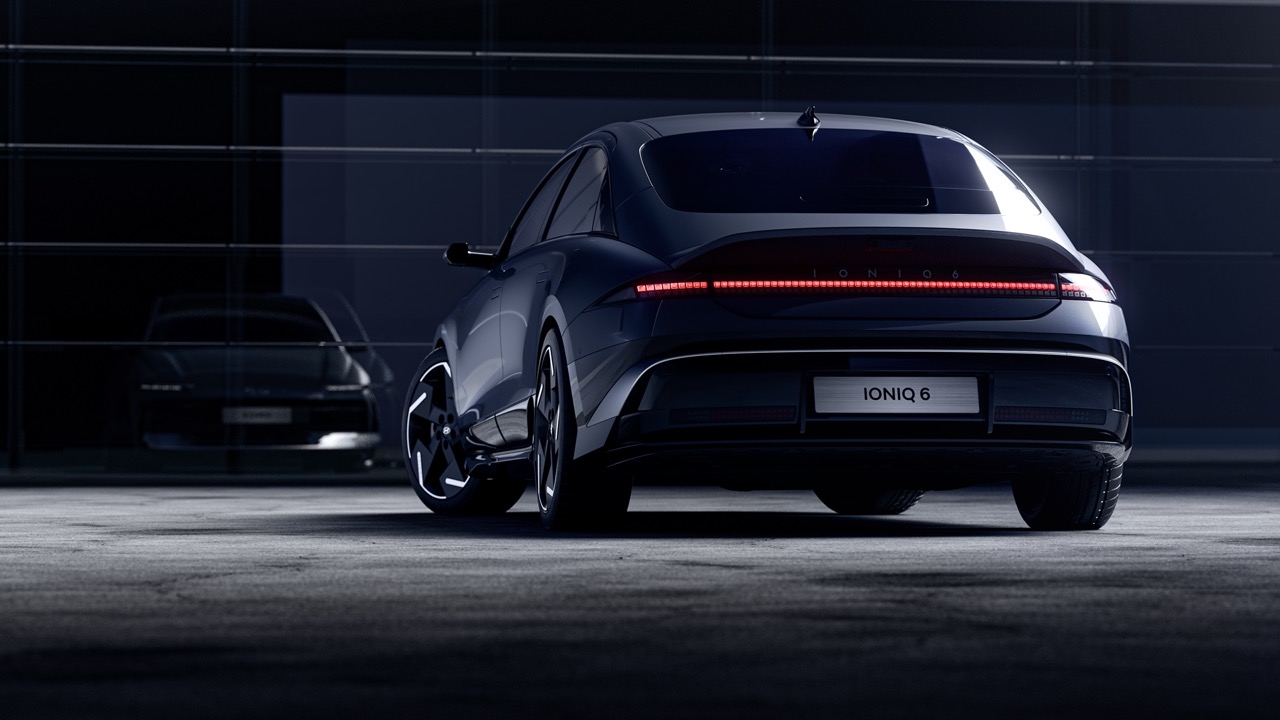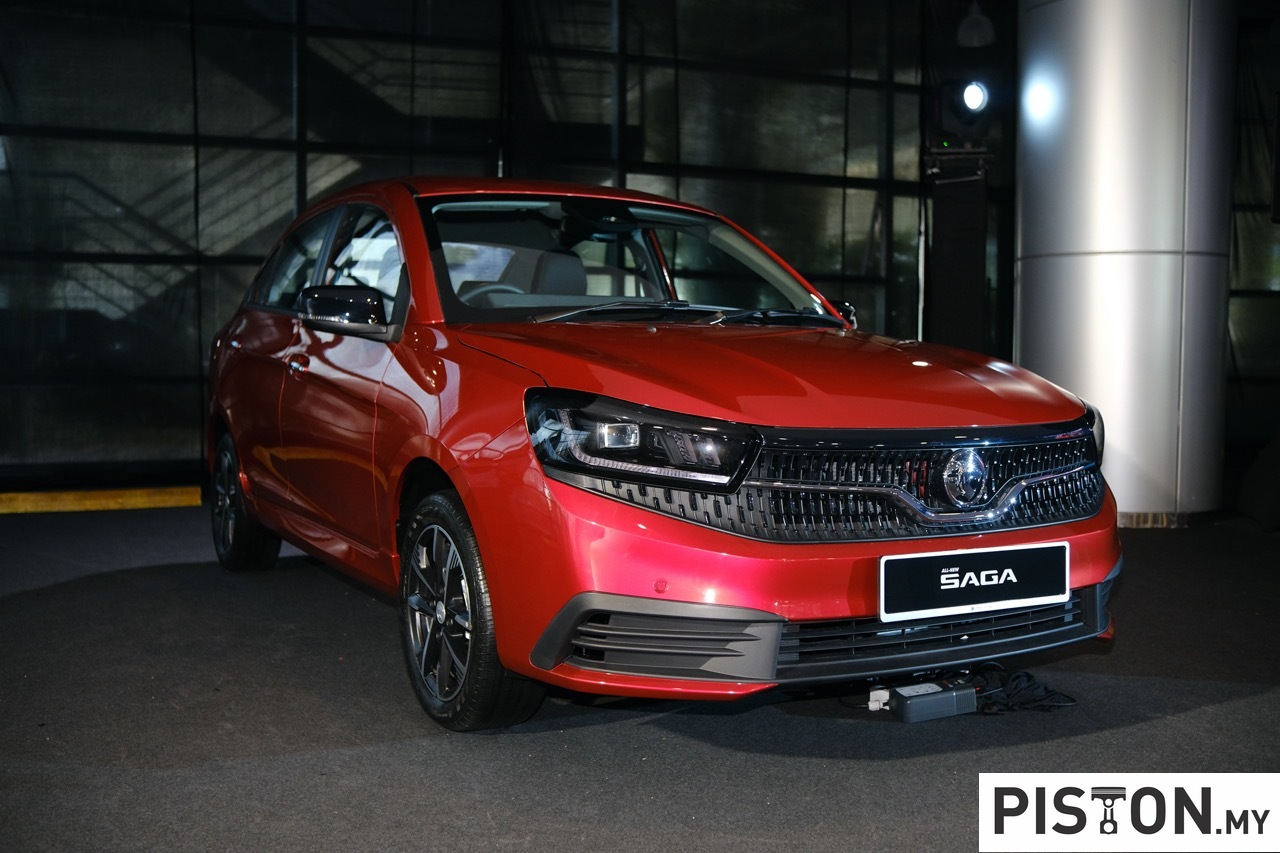Travelers using the North-South Expressway tomorrow (Wednesday, November 30) are advised that there will be temporary closure along the Ipoh Utara – Ipoh Selatan stretch between the two toll plazas. The closure will affect those who are travelling south on the highway from Kuala Kangsar, Penang and the north.
The closure, which is to facilitate an emergency response exercise, will take place from 10 am to 2:30 pm. During that period, highway users from the north/Kuala Kangsar will be diverted to the Ipoh Utara toll plaza to use the FT240 Jelapang – Ampang slip-road. Those who wish to continue south on their journey are advised to rejoin the North-South Expressway via the Ipoh Selatan toll plaza.
(more…)

